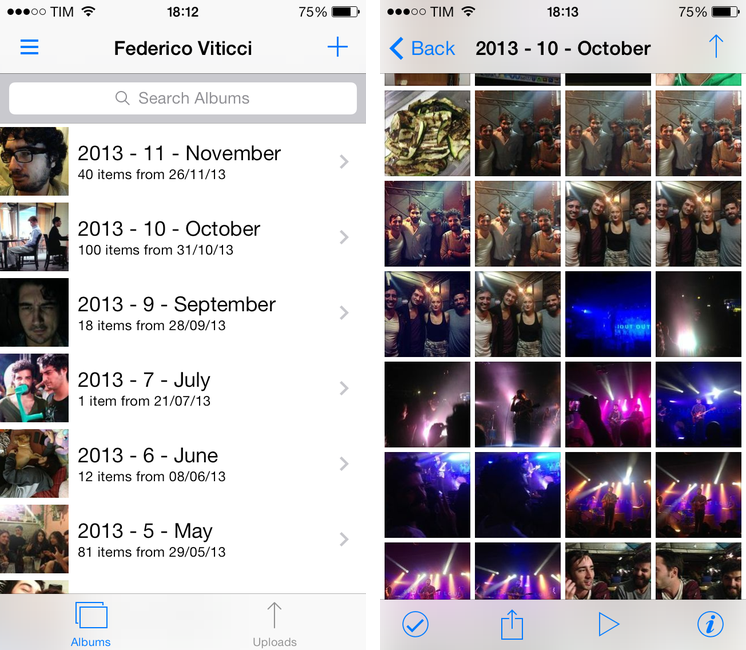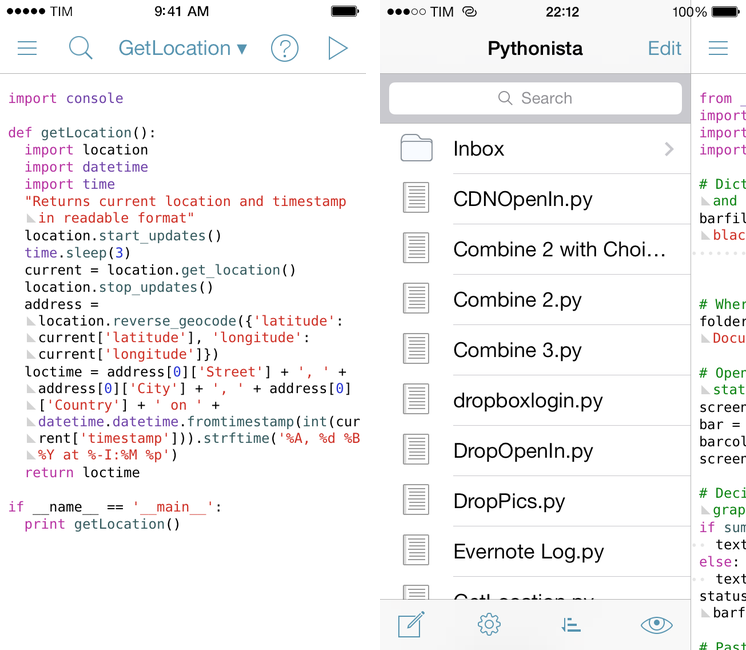Today, Rockstar Games announced that GTA: San Andreas, first released for PlayStation 2 in 2004, will be released for mobile devices next month. The mobile version will include iOS and Android platforms, and, on iOS, the game will include support for iOS 7 game controllers – which have just started to become available.
From Rockstar’s PR:
Grand Theft Auto: San Andreas also features brand new touch controls including contextual control options to display buttons only when you need them and three different control schemes for driving and maneuvering, as well as a reworked checkpoint system for easier progression. Grand Theft Auto: San Andreas for mobile also comes equipped with full controller support, including Made for iOS controller capability on iOS7. It will be available for select iOS, Android, Amazon Kindle and Windows Mobile devices. Stay tuned for more details in the weeks ahead.
In the mobile version, graphics will also be remastered and upgraded to include higher detail for characters, models, color palettes, and draw distance. The game comes a year after Rockstar launched an iOS remake of Vice City, also first released on PlayStation 2.
San Andreas was the biggest GTA game of the PS2 era, and Rockstar recently used the same setting for GTA V, released for PlayStation 3 and Xbox 360. Last year’s iOS release of Vice City was praised for the improvements that went into the conversion but criticized for touch controls, and it’ll be interesting to see how Rockstar will tweak San Andreas for new touch controls and game controllers.




